Imagine a world where your online store is a hidden treasure known only to a few lucky adventurers. This is often the reality for many PrestaShop store owners who haven’t mastered SEO. It’s like having a shiny storefront in a ghost town. But fear not! With the right SEO strategies, your PrestaShop can transform into a bustling marketplace, attracting visitors from all corners of the digital world. In this article, presented by Plerdy – a beacon in the digital marketing night – we’ll dive into practical, straightforward tips to boost your PrestaShop’s organic traffic. No fluff, just essential steps to elevate your store’s online presence. Let’s unlock the potential of your PrestaShop and turn it into the go-to destination it deserves to be!
Understanding SEO Basics for PrestaShop

Imagine setting sail in the vast ocean of digital commerce without a map. That’s what operating an online store without understanding SEO is like. It’s crucial to chart your course to success, especially for PrestaShop users. Let’s navigate the essentials of SEO, tailored specifically for your PrestaShop voyage.
What is SEO and Its Significance for E-commerce
Your online store’s visibility and success depend on SEO. It involves optimizing your website so search engines like Google can easily understand and rank it higher in search results. For e-commerce sites, particularly those using PrestaShop, SEO is vital. It’s the difference between being a hidden gem and a shining beacon to your target audience. The better your SEO, the higher your store ranks, and the more customers you attract. As Search Engine Journal notes, the top result in Google’s organic search results has an average click-through rate of 31.7%. This statistic underscores the significance of SEO in driving traffic and sales.
PrestaShop and SEO: A Unique Relationship
With its user-friendly interface and customizable nature, PrestaShop offers a fertile ground for SEO cultivation. While the basic SEO principles apply universally, PrestaShop stores have unique aspects to consider. Firstly, PrestaShop’s SEO-friendly URL structure enhances visibility. These URLs are concise and clean and include relevant keywords, making them ideal for users and search engines.
Another aspect is PrestaShop’s built-in functionality for meta titles and descriptions. These are critical elements of SEO, as they provide a snapshot of your page’s content. Crafting compelling meta titles and descriptions can significantly improve your click-through rates, as Moz explains.
PrestaShop also supports a range of SEO modules and plugins. These tools can automate and streamline various SEO tasks, from generating sitemaps to optimizing images. It’s important to regularly update these modules to keep up with the ever-evolving SEO landscape.
Understanding and leveraging these PrestaShop-specific features can give your e-commerce store a substantial advantage in the competitive online marketplace. Implementing targeted SEO strategies in PrestaShop isn’t just about adhering to best practices; it’s about creating a seamless, intuitive shopping experience that ranks well in search engines.
Mastering SEO basics in the context of PrestaShop is a game-changer for any e-commerce business. It’s about making your store not only visible but also appealing to both search engines and customers. As you refine your SEO strategies, remember that the goal is always to provide value to your users while enhancing your online presence. With these foundations, you’re well on your way to turning your PrestaShop store into a thriving digital marketplace.
Keyword Research and Optimization
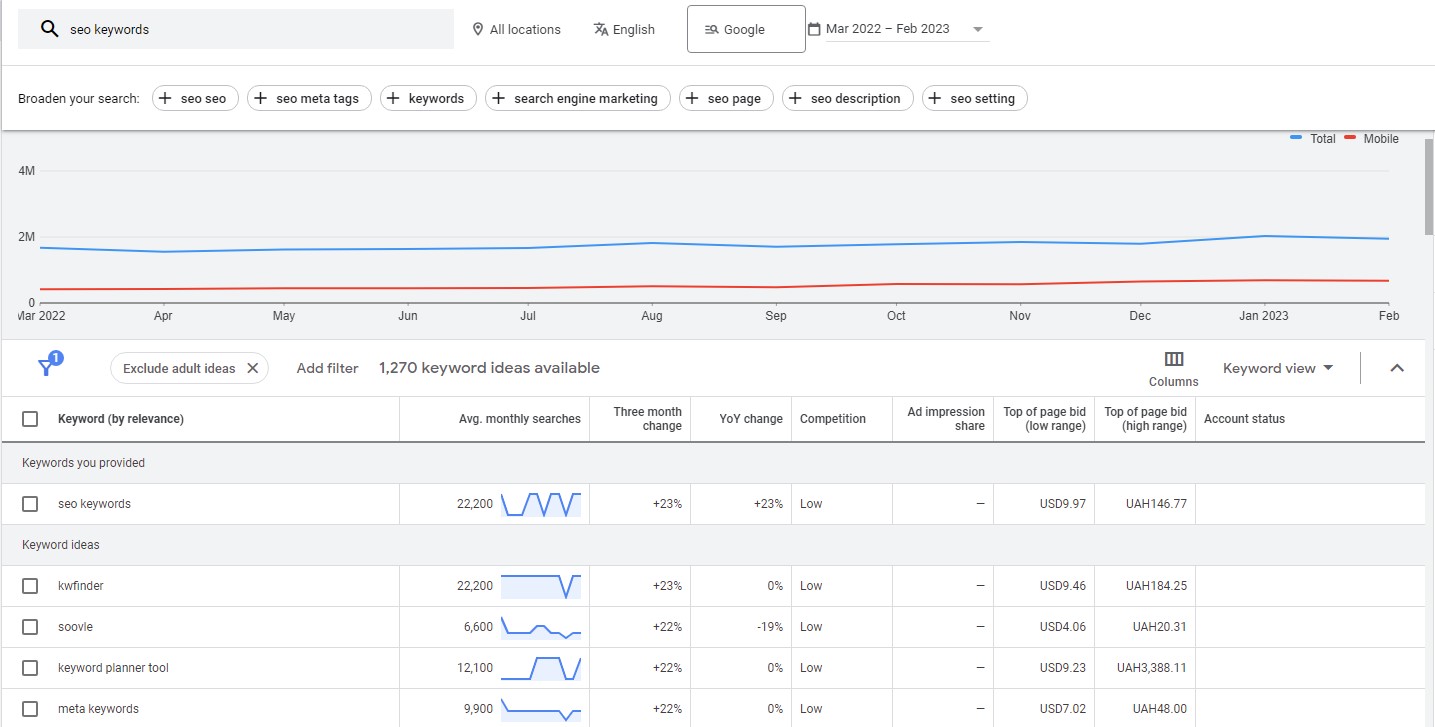
Entering the realm of PrestaShop without understanding keyword research is like trying to find a hidden treasure without a map. Keywords are the X-marks-the-spot on this treasure map, guiding potential customers to your online store. Let’s delve into keyword research and optimization to ensure your PrestaShop store isn’t just a drop in the ocean of e-commerce.
Identifying the Right Keywords for Your Store
Keyword research is the first and most crucial step in your SEO journey. Brainstorm keywords related to your products or industry using Google Keyword Planner and SEMrush to find search volumes, competition, and ideas. The goal is to balance high search volume and low competition—a sweet spot where your PrestaShop store can realistically rank.
Also, consider long-tail keywords—longer, more specific phrases with lower search volumes but higher conversion rates. According to Ahrefs, long-tail keywords have high intent to purchase and can increase your store’s SEO.
Implementing Keywords in PrestaShop
Once you’ve identified your keywords, it’s time to integrate them into your PrestaShop store. Start with your product titles and descriptions. Incorporate keywords naturally, ensuring they read well for humans, not just search engines. Your product categories and subcategories should also be keyword-rich. This helps with SEO and enhances the user experience by making it easier to navigate your store.
Next, work on meta titles and descriptions. These text snippets appear in search results, acting as mini-ads for your page. Including relevant keywords here can improve your click-through rates.
Keyword stuffing is a big no-no. Google’s algorithms are sophisticated enough to penalize practices that cram too many keywords into content. Your primary goal should always be to provide clear, useful information to your visitors.
Understanding and speaking your potential clients’ language is crucial to keyword research and optimization. It’s a strategic game of placing the right words in the right places on your PrestaShop store. By doing so, you optimize for search engines and improve usability. With these strategies in place, your store is well on its way to becoming a sought-after destination in the vast e-commerce marketplace.
Enhancing On-Page SEO Elements
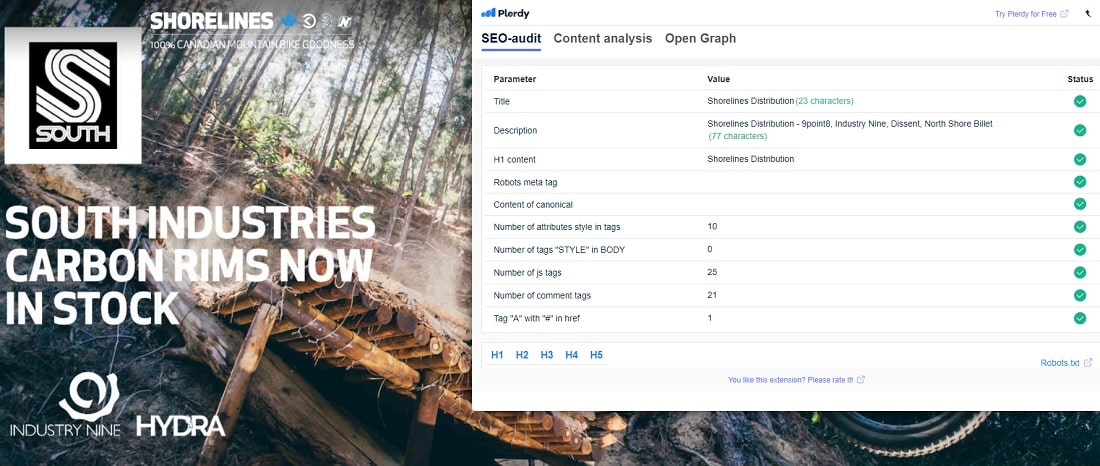
Imagine your PrestaShop store as a book. The on-page SEO elements, like the compelling cover and the engaging summary, make people want to read more. Enhancing these elements is crucial, as they attract visitors and signal the relevance and value of your content to search engines. Let’s dive deep into how you can polish these on-page factors to make your PrestaShop store stand out.
Crafting Effective Meta Titles and Descriptions
Meta titles and descriptions are your store’s first impression in search engine results. They’re the headline and teaser that entice users to click through to your website. For PrestaShop owners, crafting effective meta titles and descriptions is an art that balances creativity with SEO optimization.
Each meta title should be unique and concise (ideally under 60 characters) and include primary keywords near the beginning. It should give a clear idea of what the page is about, much like a chapter title in a book. For example, a meta title for a page selling vintage watches could be “Vintage Watches: Timeless Elegance from the 1950s.”
While not directly influencing rankings, meta descriptions impact click-through rates. They should be under 160 characters, engaging, and descriptive, incorporating key phrases naturally. They should summarize the page content and include a call to action, like “Discover our exclusive collection of vintage watches and step back in time with style.”
Google’s guide on creating good titles and snippets is valuable for understanding these concepts.
URL Structure and User-Friendly Navigation
URL structure is another critical aspect of on-page SEO. Simple, keyword-rich URLs help visitors and search engines understand page content. For instance, a URL like www.example.com/men-vintage-watches is far more descriptive and SEO-friendly than www.example.com/product1234.
User-friendly navigation on your PrestaShop store improves user experience and enhances SEO. A well-structured website, with a logical hierarchy and clear categories, allows search engines to crawl more efficiently. This structure should be reflected in your URLs and navigation menus. For example, breadcrumbs are a great way to enhance navigation, offering users and search engines a clear path from the home page to product pages.
Simplicity is key in URL structure. Avoid long strings of numbers or characters, and use hyphens to separate words. Yoast SEO offers excellent advice on creating SEO-friendly URLs.
Enhancing on-page SEO elements in PrestaShop is akin to setting up an inviting and easy-to-navigate storefront. Meta titles and descriptions attract visitors, while a well-crafted URL structure and user-friendly navigation keep them engaged. Implementing these strategies effectively ensures that your online store is discoverable and offers a pleasant browsing experience, leading to higher traffic and conversions. In online shopping, the first impression matters; these on-page elements are your chance to make it count.
Leveraging PrestaShop Modules for SEO
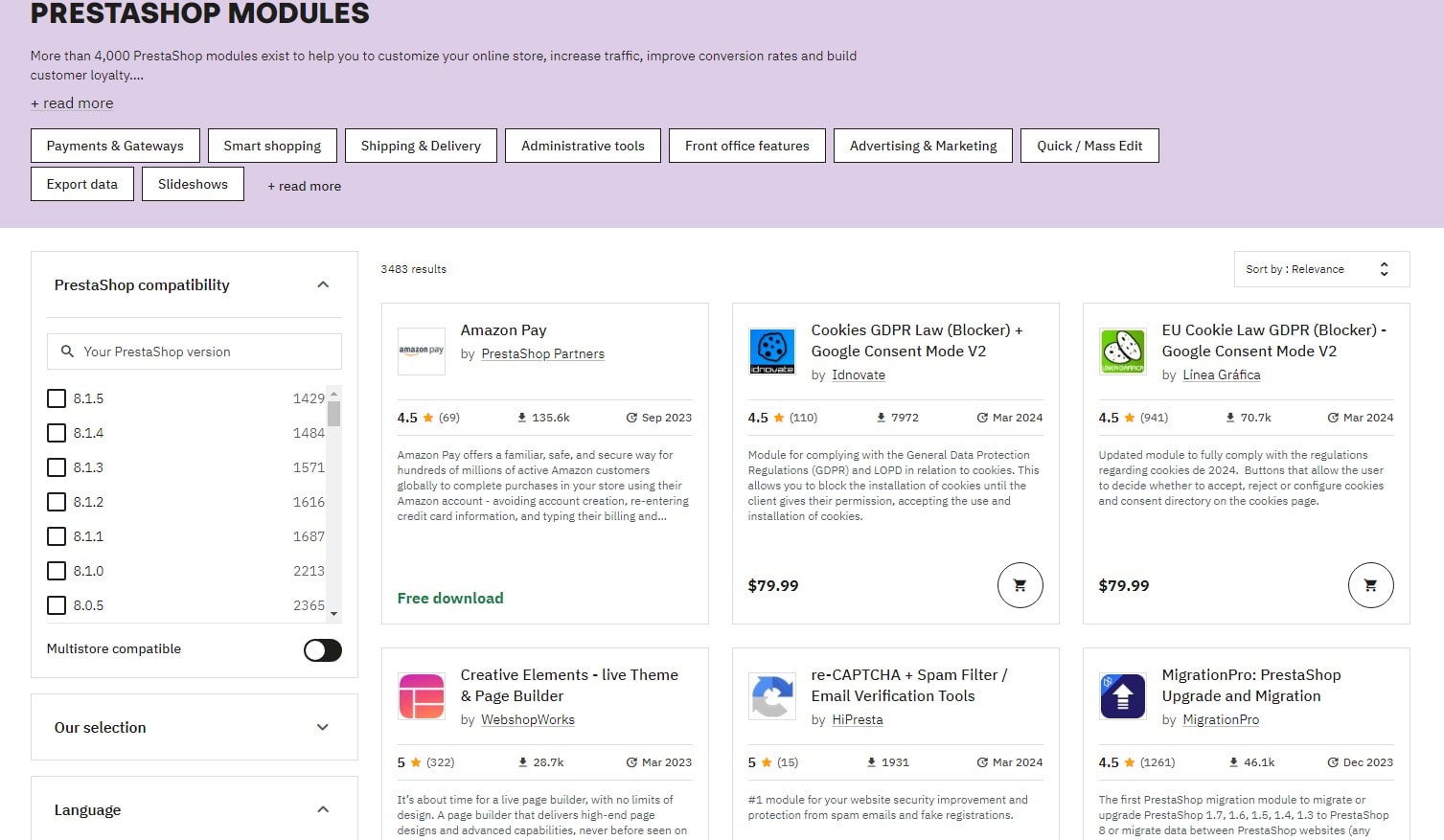
In a PrestaShop store owner’s digital toolbox, SEO modules are like the Swiss Army knife—versatile, powerful, and indispensable for success. Leveraging these modules can turn the tide in your SEO efforts, making optimization more manageable and effective. Let’s explore using PrestaShop modules to elevate your store’s SEO game.
Must-Have SEO Modules for PrestaShop
The right modules can automate and simplify many SEO tasks, allowing you to focus more on other aspects of your business. Here are a few essential modules that every PrestaShop store owner should consider:
- SEO Expert: This powerful plugin automates SEO-important meta titles and descriptions. It also helps generate SEO-friendly URLs, ensuring users and search engines understand your product pages easily. With this module, you’re taking a significant step towards enhancing your store’s visibility.
- Google Sitemap: Search engines need a sitemap to crawl and index your site. The Google Sitemap module generates a sitemap automatically, making it easier for search engines to find and list all your pages. This module optimizes search results for all your products.
- Page Cache Ultimate: Speed is key to SEO and user experience. This module helps reduce the loading time of your PrestaShop store, which can positively impact your search rankings and customer satisfaction.
- SEO Images (Alt Tags): Images are an integral part of any online store, but they must be optimized for search engines. This module automatically fills in the ALT tags for your images with relevant keywords, which is essential for image search optimization.
Each module addresses a specific aspect of SEO, from on-page optimization to site performance. By integrating these tools, you’re not just optimizing for search engines but also enhancing your PrestaShop store’s overall user experience.
Search engine optimization with PrestaShop modules is like having a team of specialists. These tools make hard jobs easier and give you an edge in the online market. Whether improving page load times, streamlining meta tag creation, or ensuring your site is comprehensively indexed, these modules are invaluable assets in your SEO toolkit. In e-commerce, staying ahead of the curve isn’t just about having great products; it’s also about making sure they’re seen. With these modules, you’re on your way to achieving that.
Link Building and Social Media Strategies
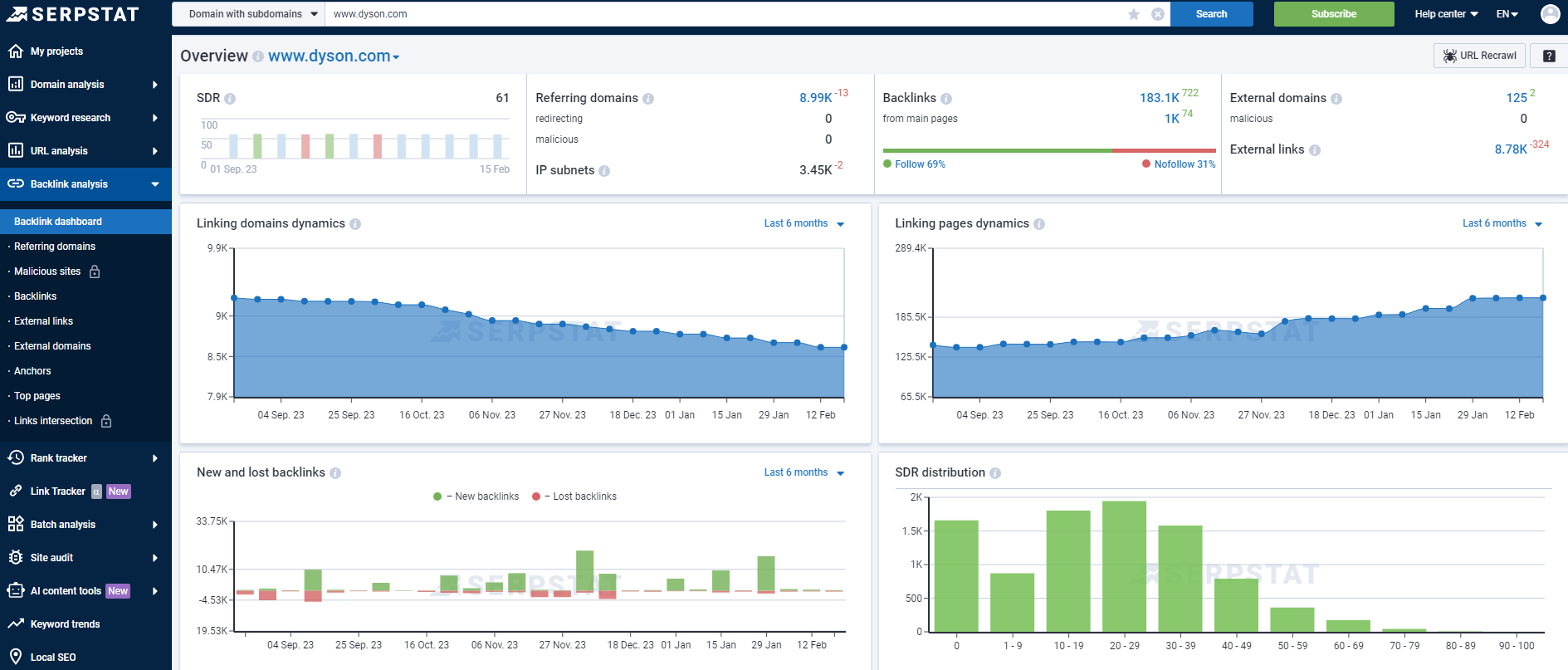
In the bustling digital marketplace, your PrestaShop store is like a ship navigating the vast ocean of the internet. To reach the shores of success, you need more than just a great product; you need the winds of link-building and the currents of social media to propel you forward. Let’s chart a course through the strategic waters of link building and social media, essential for boosting your store’s visibility and SEO.
Effective Link Building for Online Stores
SEO requires link building, or obtaining links from other websites to yours. For PrestaShop store owners, this means getting other credible websites to link to your products or blog content. Start by creating high-quality, shareable content that naturally attracts links. This could be in-depth product reviews, informative blog posts, or compelling tutorials related to your products.
Another effective strategy is to reach out to bloggers and influencers in your niche for product reviews or guest posting opportunities. Sites like BuzzSumo can help identify influencers in your industry. Quality links trump quantity. Links from reputable, high-traffic websites carry more weight and can significantly boost your store’s search engine ranking.
Utilizing Social Media for SEO Benefits
Use social media platforms like Facebook, Instagram, and Pinterest to increase your PrestaShop store’s online presence and SEO. Post updates about new products, promotions, and behind-the-scenes activities, and use hashtags to increase discoverability. Social media also allows for customer engagement. Responding to comments, messages, and reviews builds a loyal community around your brand. Moreover, social sharing of your content can indirectly improve your SEO. While social links don’t directly influence rankings, the traffic and visibility they bring can lead to more organic links and higher search rankings over time.
Link building and social media are essential in your SEO strategy for PrestaShop. They boost your store’s SEO, online presence, and audience engagement. A successful voyage in the digital world is not just about setting sail; it’s about using every tool at your disposal to navigate the ever-changing tides of SEO. By harnessing the power of link-building and social media, your PrestaShop store can sail smoothly toward the horizon of success.
Monitoring SEO Performance and Analytics
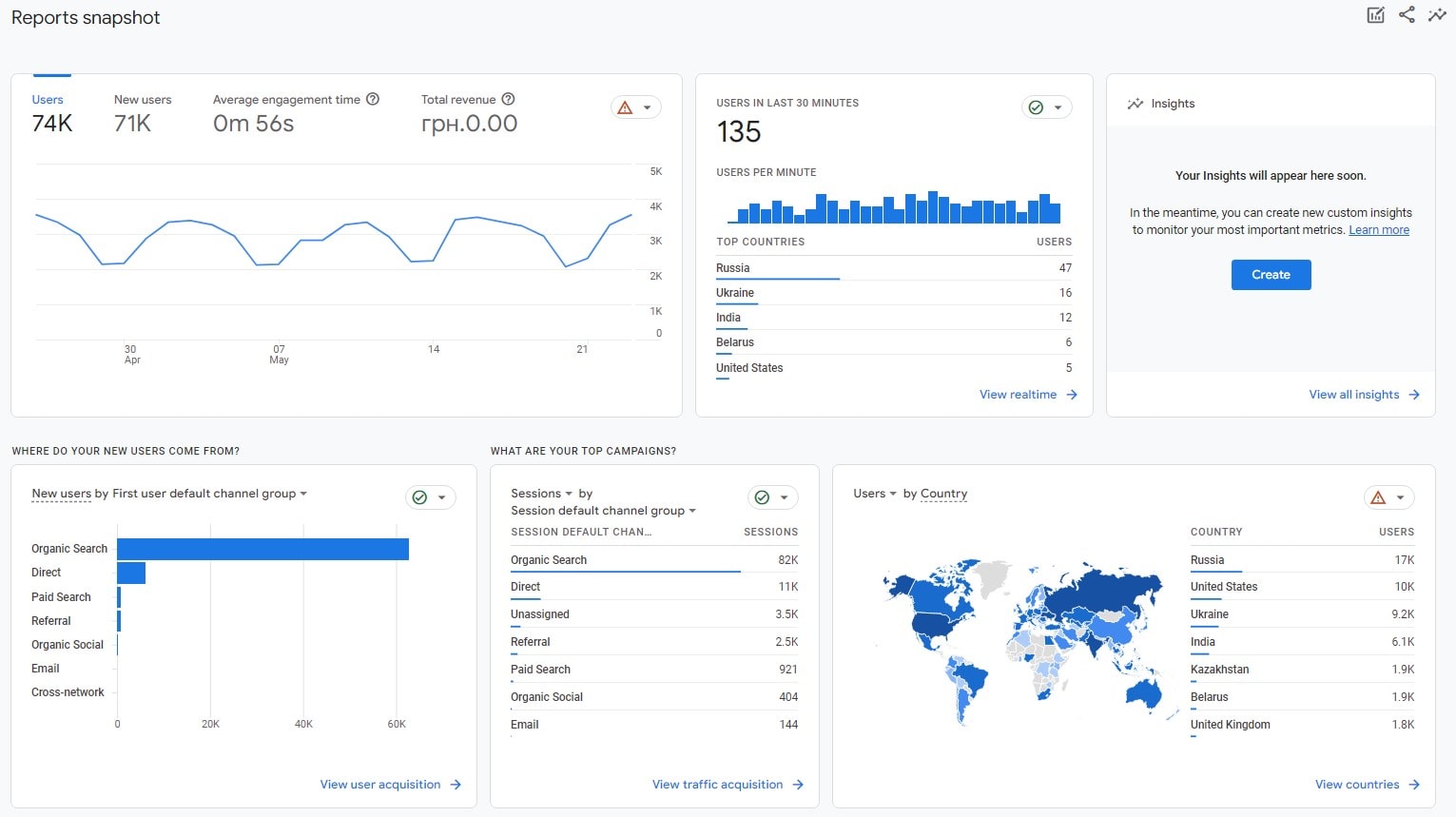
Launching an SEO strategy without monitoring its performance in eCommerce is like sailing a ship without a compass. You may be moving, but are you heading in the right direction? For PrestaShop store owners, understanding the impact of your SEO efforts is crucial. It’s about having a clear map of your journey. Let’s explore how monitoring SEO performance and analytics can steer your PrestaShop store toward greater visibility and success.
Tracking Key SEO Metrics for PrestaShop Success
Focusing on specific metrics is crucial for optimal SEO performance, especially for PrestaShop sites. Essential key performance indicators (KPIs) such as organic traffic, search engine rankings, and conversion rates play a significant role. Utilizing tools like Google Analytics is invaluable for PrestaShop SEO, as they provide insights into which keywords drive traffic, which pages are most engaging, and the sources of your traffic.
Monitoring Click-Through Rates for PrestaShop SEO
Pay close attention to the click-through rate (CTR) from search results to your PrestaShop site. A lower CTR might suggest that your meta titles and descriptions require optimization. Tracking these metrics is vital to understanding the effectiveness of your PrestaShop SEO strategies and making necessary adjustments.
Interpreting SEO Data for PrestaShop Improvement
Analyzing SEO data for your PrestaShop site is more than just number crunching; it involves deciphering the data to make strategic decisions. Find patterns and trends: Which content types or specific keywords drive more traffic to your PrestaShop site? Are there pages that consistently underperform? Use this analysis to fine-tune your content and bolster your overall PrestaShop SEO strategy.
The Importance of Regular SEO Review for PrestaShop
Consistently reviewing and adapting your SEO strategy is crucial for staying competitive, particularly for PrestaShop sites. It aids in keeping up with the ever-changing search engine algorithms and consumer behavior shifts. Remember, SEO for PrestaShop is not a one-time task but a continuous process that demands regular monitoring and updating.
Staying Ahead with SEO Analytics for PrestaShop
Monitoring SEO performance and analyzing the data is critical for any PrestaShop store aiming for online market success. These analytics provide the necessary insights for navigating the intricate realm of online marketing. By being attentive and responsive to these SEO analytics, your PrestaShop store will likely achieve enhanced visibility, growth, and profitability. Maintaining a vigilant approach to SEO analytics ensures that your PrestaShop store continues on a successful path in the digital marketplace.
Conclusion
As we anchor at the end of our SEO journey for PrestaShop, remember that the digital sea is constantly changing. The tips and strategies we’ve navigated are just the beginning. Your PrestaShop store’s SEO adventure is an ongoing quest full of opportunities for growth and discovery. For more insights and advanced tactics, dive into the ocean of knowledge available on the Plerdy blog. There, you’ll find a treasure trove of resources to enhance your digital marketing strategy further. Plerdy is more than just a guide; it’s a tool that empowers you to track, analyze, and optimize your website’s performance effectively. Set sail with Plerdy and watch your eCommerce store reach new horizons.
